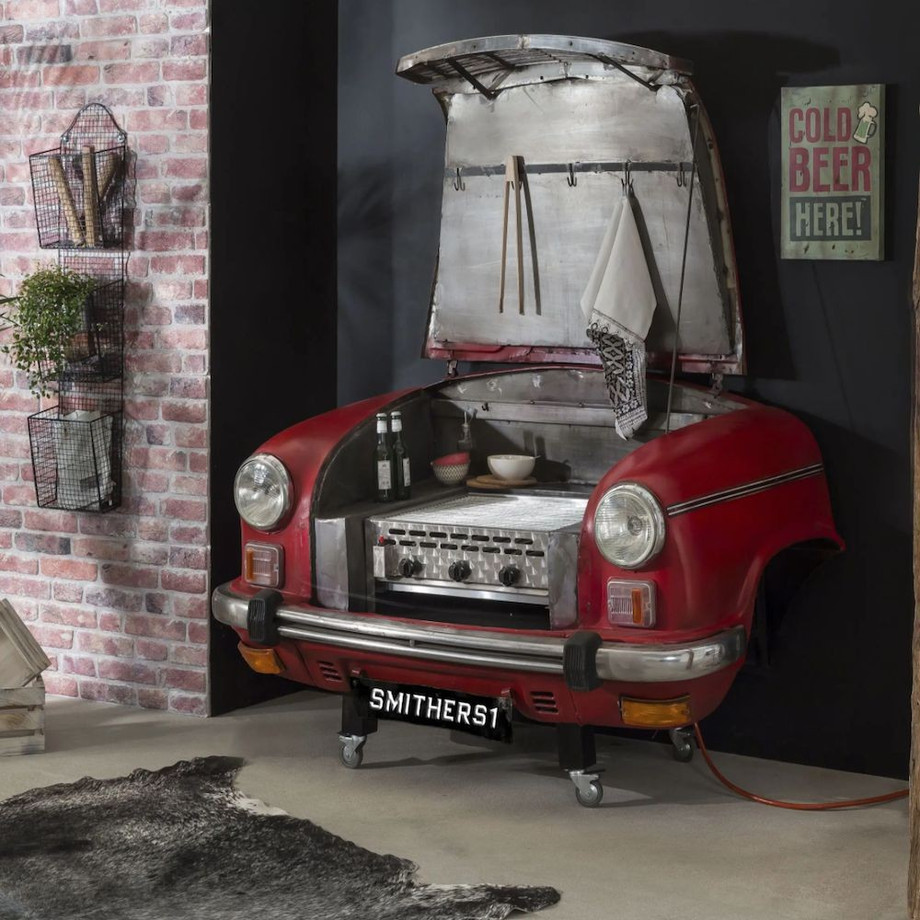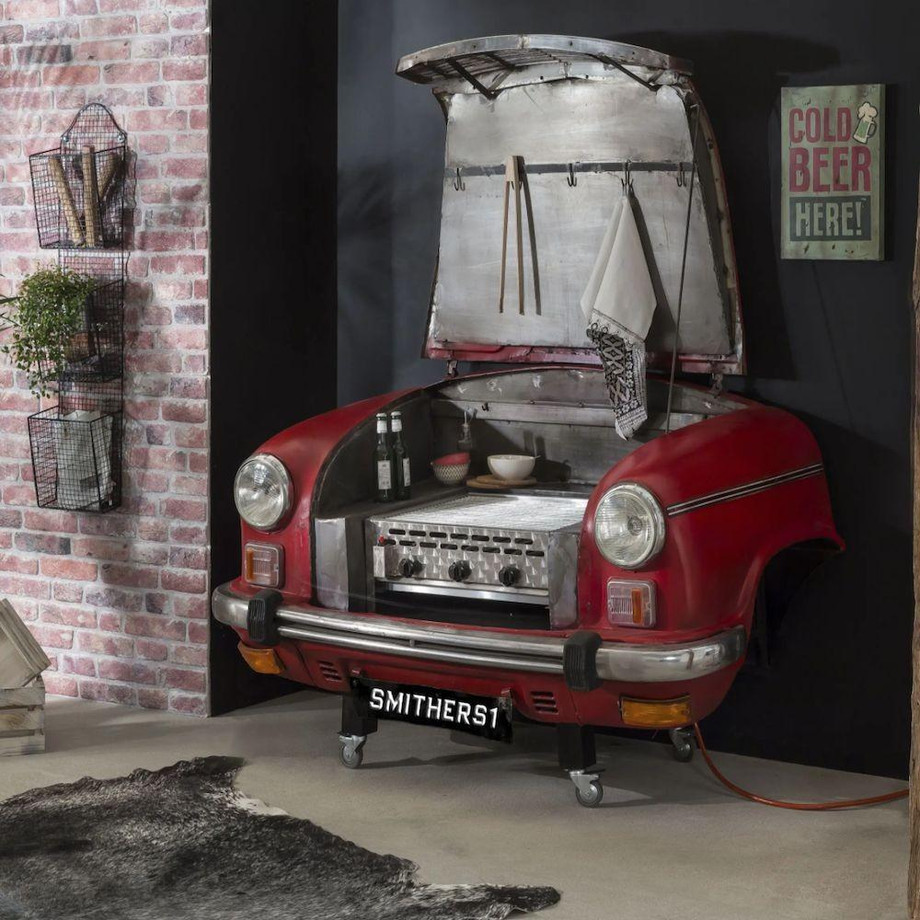Vous êtes intervenant socioéducatif, vous avez suivi les formations RID Euromed, vous avez expérimenté auprès de publics, vous souhaitez partager vos expériences, bien ou mal vécues, avec des collègues, des pairs, cet espace est un lieu d’échanges mis à votre disposition.

A propos de moi
Bespoke furniture represents the pinnacle of personalized craftsmanship, where each piece is meticulously designed and created to meet the specific needs, preferences, and spatial requirements of the client. This observational research article delves into the world of bespoke furniture, exploring its historical roots, the intricate processes involved in its creation, the materials used, and its cultural and bespoke furniture London company economic significance. Through a detailed examination of workshops, artisans, and client interactions, this study highlights the unique value of bespoke furniture in an era dominated by mass production.
Historical Context
The tradition of bespoke furniture dates back centuries, with roots in the guilds of medieval Europe. Artisans would craft furniture by hand, often tailoring their work to the specific requests of wealthy patrons. During the Renaissance, bespoke furniture became a symbol of status and sophistication, with intricate carvings, gilded details, and exotic materials adorning the pieces. The Industrial Revolution brought about mass production, which threatened the bespoke tradition, but it survived, particularly among the elite and those who valued individuality and quality.
In the 20th century, the Arts and Crafts movement and later, handmade bespoke furniture London the mid-century modern era, revitalized interest in bespoke furniture. Designers like Charles Rennie Mackintosh and George Nakashima emphasized the importance of craftsmanship and the unique character of handmade pieces. Today, bespoke furniture continues to thrive, with a growing appreciation for sustainability, uniqueness, and the personal connection between the client and the artisan.
The Bespoke Process
The creation of bespoke furniture is a collaborative and iterative process that begins with the client’s vision. Initial consultations involve discussions about the intended use of the piece, the client’s aesthetic preferences, and the specific dimensions of the space where the furniture will be placed. Sketches and digital renderings are often used to visualize the design before any material is cut.
Once the design is approved, the artisan selects materials, which can range from traditional woods like oak and walnut to more contemporary options such as metal, glass, and recycled materials. The choice of materials is crucial, as it not only affects the aesthetic but also the durability and functionality of the piece. For example, a bespoke dining table might be crafted from a single slab of reclaimed wood to preserve its natural beauty and history.
The craftsmanship involved in bespoke furniture is highly skilled and labor-intensive. Techniques such as joinery, carving, and finishing are executed with precision, often using both traditional hand tools and modern machinery. Each piece is unique, and the artisan’s expertise is evident in the attention to detail, from the seamless joints to the polished surfaces.
Throughout the process, there is ongoing communication between the client and the artisan. This ensures that the final piece meets the client’s expectations and fits perfectly into its intended space. The result is a piece of furniture that is not only functional but also a work of art, imbued with the personality and skill of the maker.
Materials and Sustainability
The materials used in bespoke furniture play a significant role in its appeal and sustainability. Many artisans prioritize the use of locally sourced and sustainable materials, reducing the environmental impact of their work. Reclaimed wood, for instance, is a popular choice, as it adds character and history to the piece while minimizing waste.
In addition to wood, bespoke furniture makers often experiment with innovative materials and techniques. For example, some artisans incorporate recycled metals, eco-friendly resins, or even 3D-printed components into their designs. These materials not only offer new aesthetic possibilities but also align with the growing demand for sustainable and ethical products.
The durability of bespoke furniture is another key aspect of its sustainability. Unlike mass-produced pieces, which are often designed for short-term use, bespoke furniture is built to last. The high-quality materials and craftsmanship ensure that these pieces can be passed down through generations, reducing the need for frequent replacements.
Cultural and Economic Significance
Bespoke furniture holds significant cultural value, as it reflects the individuality and tastes of its owner. In a world where mass production has led to a homogenization of design, bespoke pieces stand out as unique expressions of personal identity. They often become family heirlooms, carrying stories and memories that are passed down through generations.
Economically, the bespoke furniture industry supports skilled artisans and small businesses, contributing to local economies. While bespoke pieces are typically more expensive than mass-produced alternatives, clients are willing to invest in the quality, uniqueness, and personal connection that these pieces offer. The demand for bespoke furniture has also grown in recent years, driven by a renewed interest in craftsmanship and sustainability.
Moreover, bespoke furniture plays a role in preserving traditional craftsmanship. Many artisans pass their skills down to apprentices, ensuring that these techniques are not lost. This intergenerational transfer of knowledge is vital for maintaining the cultural heritage of furniture making.
Challenges and Future Trends
Despite its many advantages, the bespoke furniture industry faces challenges. The high cost of materials and labor can make bespoke furniture London store pieces inaccessible to some consumers. Additionally, the time-intensive nature of the work means that artisans can only produce a limited number of pieces, which can lead to longer wait times for clients.
However, there are also opportunities for growth and innovation. Advances in technology, such as computer-aided design (CAD) and digital fabrication, are being integrated into the bespoke process, allowing for greater precision and efficiency. These tools enable artisans to experiment with complex designs and produce custom pieces more quickly without compromising quality.

Another trend is the increasing demand for sustainable and ethically produced furniture. As consumers become more environmentally conscious, bespoke furniture makers are responding by adopting eco-friendly practices and materials. This shift not only benefits the environment but also enhances the appeal of bespoke furniture as a responsible and thoughtful choice.
Looking ahead, the bespoke furniture industry is likely to continue evolving, blending traditional craftsmanship with modern innovation. As long as there is a desire for unique, high-quality, and meaningful objects, bespoke furniture will remain a cherished and enduring art form.
Position
Travail